Which Shoes Are Perfect for Construction Work?
Foot protection isn’t just about comfort—it can be life-saving.
Welcome from the Store
Construction work is a field where your feet are constantly at risk—from heavy machinery, sharp objects, muddy ground, slippery floors, extreme temperatures, and the pressure of standing for long hours. If your shoes are right, safety, comfort, and productivity increase significantly. When workers feel safe, they work with confidence and energy. Foot protection is crucial—because one accident can cost a worker’s life. As workers, we must wear all kinds of safety equipment to protect our feet. That way, you’re safe, and your family is safe too.
In this article, we’ll discuss:
• Which shoes are best for construction work
• Key features to look for
• Different types of shoes for different tasks
• Real worker experience and expert opinions
Why Special Shoes Are Needed for Construction Work?
Accidents happen on construction sites every day
• Foot injuries from falling heavy objects
• Infections from wet feet
• Slipping on wet or oily surfaces
• Sharp or piercing objects hurting your feet
• Sharp items might even pierce through the sole
Canvas sneakers or running shoes aren’t enough for these hazards. You need shoes with safety features that provide both protection and comfort. Such shoes cannot be made by just anyone, and we should avoid buying safety shoes from local low-quality markets. Genuine safety worker shoes provide multiple benefits—no foot pain, protection from heavy impact, waterproof, water-resistant, etc.
🔍 What Features Should You Check Before Buying?
Here’s a table showing the shoe features based on the type of work:
| Work Type | Required Shoe Features | Heavy Construction | Steel Toe, Anti-Puncture Sole, Heavy Leather |
|---|---|
| Electrical Work | Insulated Sole, Metal-Free |
| Wet or Muddy Areas | Waterproof Boots, Anti-Slip |
| Working at Heights | Ankle Support, Lightweight |
| Interior Finishing Work | Lightweight, Non-Marking Sole |
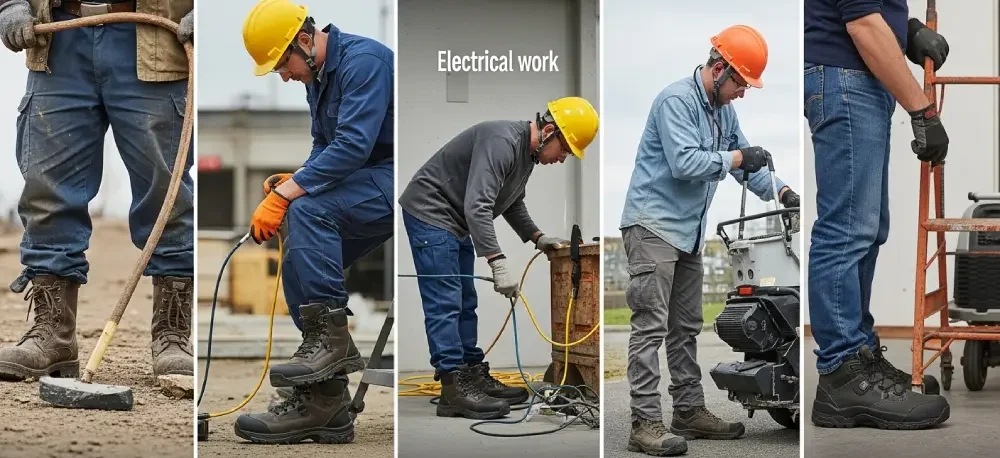
We should always check if these benefits are available in the shoe. A worker’s preference isn’t enough—size and comfort should be checked by wearing the shoe and walking for 5 minutes before buying. Often, companies provide these types of shoes to their workers. But if you need to buy emergency shoes yourself, make sure these features are present.
7 Essential Features Your Construction Shoe Must Have:
1. Steel Toe Cap
Why Is a Steel Toe Cap Important?
At construction sites, workers are constantly around heavy tools and steel structures. A sudden fall of any object can cause serious toe injuries.
This is where a steel toe cap saves your toes from breaking or getting severely injured.
✅ Benefits:
• Reduces risk of toe fracture
• Provides mental peace while working with heavy equipment
• Meets OSHA/ASTM safety standards
• Lowers long-term medical costs and injury risk
How Does a Steel Toe Cap Work?
- A steel plate is embedded in the front of the shoe
• It forms a hard shield over the toes
• It can withstand up to 200 Joules of impact (ASTM/EN standards)
Who Should Use It?
- Construction workers
• Carpenters or furniture workers
• Heavy machine operators (Forklift, Crane, etc.)
• Metal and Foundry workers
• Warehouse lifting personnel
| Feature | Steel Toe | Composite Toe | Material | Steel | Carbon fiber, Plastic, Kevlar |
|---|---|---|
| Weight | Heavier | Lighter |
| Safety Level | Very strong | Moderate |
| Metal Detection | Detectable | Non-detectable |
| Environment | Affected by heat/cold | Environment-friendly |
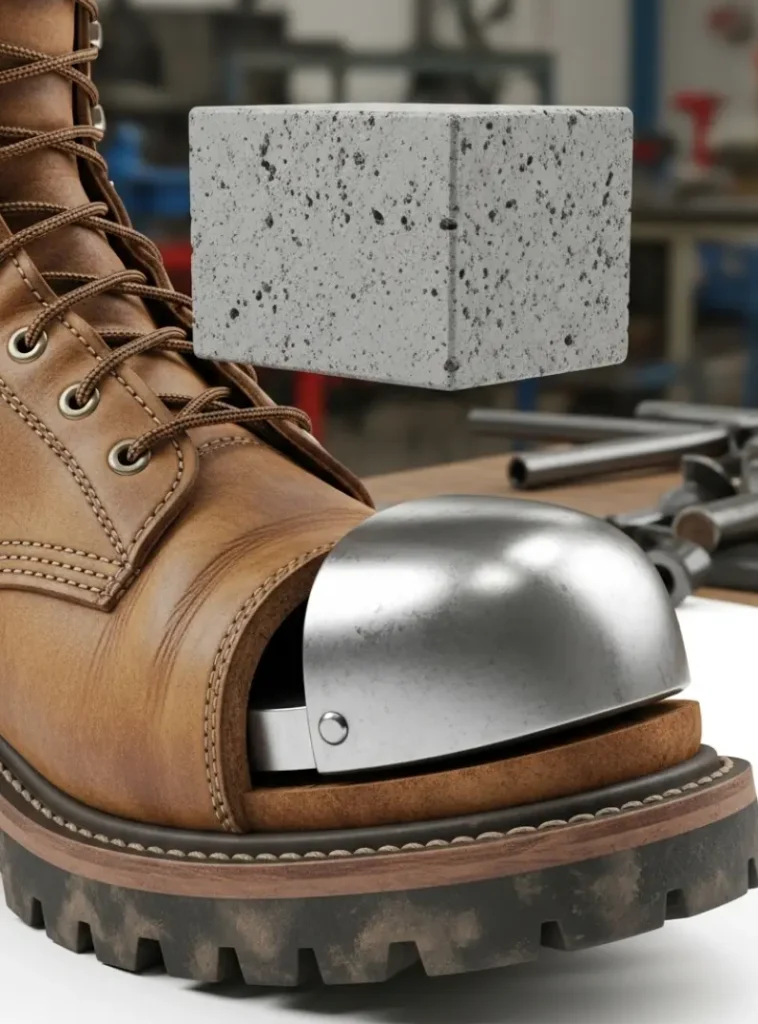
Special Tips:
Check proper shoe size and fitting when buying steel toe boots
Too tight can hurt your toes, too loose reduces protection
Prefer ASTM F2413 or EN ISO 20345 certified shoes
Expert Quote:
“We often see cases of broken toes simply due to wrong shoes. Steel toe is basic safety—must be used to prevent accidents.”
– George Wilkins, OSHA Certified Safety Trainer
2. Slip-Resistant Sole – The Undersole Armor Against Accidents
Construction means constant risk. One of the major causes of accidents is slipping.
If someone slips on a wet or oily surface while working, it could be not just a fall—but a life-threatening situation.
This is where slip-resistant sole boots play a critical role.
Why Is Slipping So Dangerous?
- Cement, mud, water, or oil on the floor
• Ramps or metal staircases
• Smooth tiles or concrete
• Roofs or half-wet surfaces
Even the most experienced workers can fall if the sole doesn’t have good grip.
Tested Technology – Not Just Marketing, But Real Safety
Top-tier safety boots go through SATRA or ASTM F2913 slip-resistance testing.
Some shoes are labeled –
“Tested Slip Resistance: Meets ASTM Standard F2913-19”
– This means the shoes passed real-world testing on wet and oily surfaces.
How Does a Slip-Resistant Sole Work?
- Special Rubber Compound – Sole is made with a compound that grips the ground well
- Tread Pattern – Deep grooves (multi-directional patterns) that push liquids away from the sole
- Oil & Water Channeling – Designed channels that remove liquid from under the foot to maintain traction
Where Are Slip-Resistant Soles Most Needed?
- Construction sites with wet concrete
• Wet floors like basements or hydraulic plants
• Oil-spill-prone areas
• Chemical or floor-cleaning work zones
Real-Life Experience:
A pro-level electrician shared with us:
“My work area is often wet. One day I slipped off a ladder because of a bad sole. Since then, I only wear ASTM-certified slip-resistant boots.”
Special Tips:
- Don’t rely on just the “Anti-skid” label—check if it’s certified
• If your work involves oil or water—never walk in boots without slip resistance
• Inspect the sole every 6–12 months—if grip is worn out, replace the boots
How to Identify a Good Slip-Resistant Sole:
✅ Deep tread design underneath
✅ Visible oil & water channels
✅ “Slip Resistant” or “SRC Certified” marked on tags
✅ Rubber is soft yet abrasion-resistant
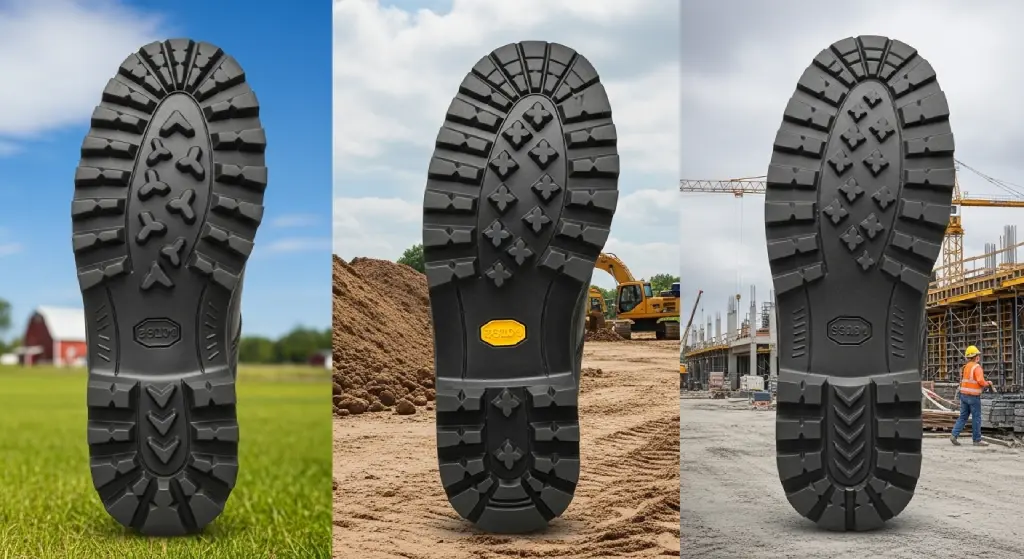
🌍 Globally Known Sole Technologies:
| Brand/Tech | Feature | Vibram® Sole | High-grip, durable tread pattern |
|---|---|
| MaxTrax® | Enhanced grip on oily or greasy surfaces |
| SRX® Slip Resistance | Industrial-grade rubber mix with channel tread |
3. Waterproof or Water-Resistant Uppers – Keep Feet Dry and Comfortable in Wet Conditions
Construction work isn’t limited to dust and concrete. Often, workers must operate in:
• Muddy or wet soil
• Rainy weather
• Wet concrete or near water
• Cold and damp environmentsIn such situations, if water enters through the shoe upper, the feet get soaked. This can lead to skin infections, bad odor, blisters, and even cold-related health issues. That’s why one of the most important features for professionals is a Waterproof or Water-Resistant upper.
💧 Waterproof vs Water-Resistant – What’s the Difference?
| Feature | Waterproof | Water-Resistant | Protection | Completely blocks water | Partially resists water |
|---|---|---|
| Materials | Sealed leather, Gore-Tex, Rubber | Treated leather or coated fabrics |
| Usage | Heavy-duty sites, rain, mud | Light wet conditions, splashes |
| Price | Comparatively higher | Comparatively cheaper |

What Is an Upper?
The upper is the top part of the shoe that covers the foot and provides protection. It’s made from various materials like:
• Leather
• Synthetic (PU, PVC)
• Mesh
• Canvas
🔨 Real Experience:
One day, a construction worker came to our store and said,
“I work in mud three days a week, but my shoes always get soaked and I end up catching a cold.”
We suggested boots with waterproof leather uppers. Two weeks later, he came back and said—“This is exactly what I needed.” ✅
🔎 Which Upper Should You Choose?
- Waterproof Leather Upper
• Fully blocks water
• Durable, doesn’t crack or tear
• Trusted by many premium brands - Gore-Tex or Membrane-Lined Upper
• Lightweight, breathable
• Doesn’t let water in but allows sweat to escape
• Found in most high-end safety boots - Coated Fabric Upper (PU/PVC Coated)
• Good for water-resistance
• More affordable
• Suitable for moderate environments
💡 Why Is It Important?
✔ Wet feet can cause pain and blisters
✔ Damp conditions increase fungus and odor issues
✔ Reduces the risk of catching a cold
✔ Ensures long-hour comfort during work
✅ Tips to Identify a Good Waterproof Upper:
- Check if the tag says “Waterproof” or “Gore-Tex”
• See if stitching is minimal and the upper is seam-sealed
• Materials should be rubber, premium leather, or sealed fabric
• In rain, water should roll off instead of soaking in
Expert Advice:
“If your job makes your feet wet even once a day – go for full waterproof boots, not just resistant ones.”
– Carlos Mendoza, Footwear Safety Specialist, USA
4.Puncture-Resistant Midsole – The First Wall of Safety
A construction site means scattered metal shards, sharp nails, broken glass, and hazardous objects all around. Workers walk through these every day. One misstep, and something sharp might pierce through the sole — leading to serious injury. To avoid this, one of the most effective technologies is the Puncture-Resistant Midsole.
What is a Midsole?
The midsole is the layer between the insole and outsole of a shoe. It is usually designed for cushioning or shock absorption. But in a puncture-resistant midsole, there’s an additional feature — it prevents sharp objects from piercing through to the foot.
How Does It Work?
To block punctures, a strong plate is inserted into the midsole. Two materials are typically used:
- Steel Plate – Heavier but very strong
- Kevlar Plate (non-metal) – Lightweight and flexible, yet excellent at resisting puncture
Many international safety shoe brands now use Kevlar midsoles because they’re lightweight, non-conductive, and more flexible.
Reduces Accident Rates
Shoes without puncture-resistant midsoles have a much higher risk of injury. Once, a worker had glass pierce through his foot while wearing regular EVA midsoles. Since then, that company made Steel or Kevlar midsoles mandatory for everyone.
✅ When Buying, Check:
🔹 If there’s a “Puncture-resistant midsole” tag or ISO EN 20345 certification
🔹 Whether the midsole is Steel or Kevlar – choose based on your work environment
🔹 Is the midsole flexible enough for comfortable walking
🔹 Overall weight of the shoe – Kevlar is lighter and easier for long walks
Expert Tips:
✔ For concrete breaking, steel rods, or demolition work – go for Steel Plate
✔ For electrical risk areas – choose Non-metal (Kevlar) midsoles
✔ For long workdays – lightweight midsoles are better
✔ If your shoes lack puncture protection, consider using a separate puncture-proof insole
A tiny nail or glass shard can be a serious threat to your feet. But a properly designed puncture-proof midsole can protect you. For construction workers, this is not a luxury — it’s a basic necessity.
Invest in safety for yourself and your teammates — work smarter, safer, and more comfortably.
5.Comfortable Insole and Arch Support – The Best Solution for Long Hours
Construction workers often spend 8 to 12 hours standing or walking. The most important factor for them is comfort — through high-quality insoles and proper arch support.
As an experienced footwear seller, I’ve seen many workers buy protective shoes but ignore insole or arch support. A few weeks later, they complain about foot pain or heel strain. These issues can be prevented with quality insoles and foot arch support.
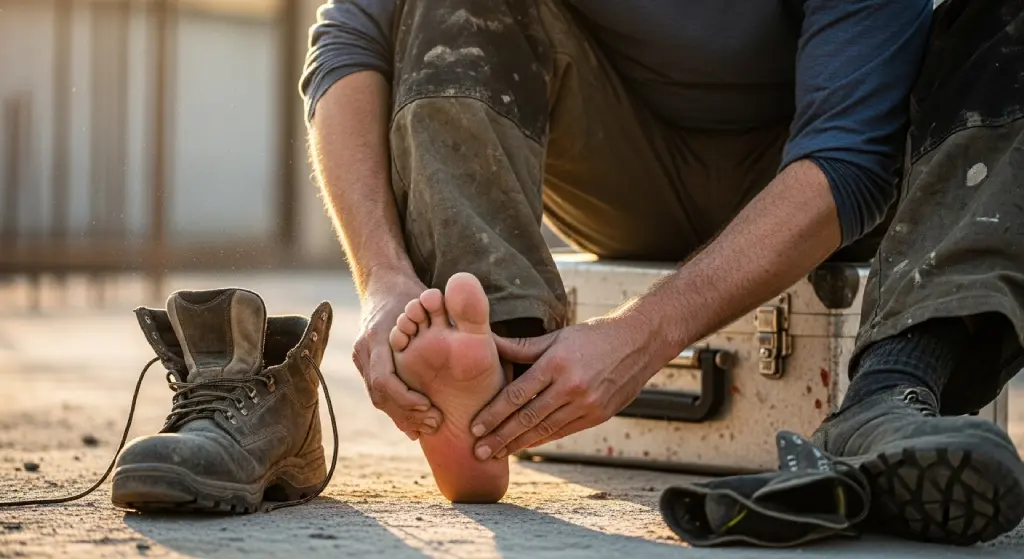
Why Arch Support Matters?
The human foot naturally has an arch. If your shoes don’t support it properly, you may experience:
Arch pain
Heel strain
Flat feet problems
Knee and lower back pain
Shoes with proper arch support hold the arch in place and help balance your entire body.
How Do Insoles Provide Comfort?
Insoles are the inner cushioning pads under your feet. They offer three key benefits:
- Shock Absorption – Reduces impact on knees and back when walking on concrete
- Reduces Fatigue – Keeps your feet relaxed even after hours of standing
Friction Prevention – Helps prevent blisters and sores
Which Shoes Offer Good Insole & Arch Support?
🔹 Memory foam insole – Molds to your foot shape
🔹 Gel cushioned insole – Ultra-soft and reduces fatigue
🔹 Orthopedic arch support – Ideal for flat feet or high arches
🔹 Replaceable insole option – So you can customize comfort
6.Electrical Hazard Protection Sole (EH Sole)
Why is EH Sole Needed?
Construction sites often have exposed electric wires, grounded cables, or high-voltage lines.
Without EH-rated boots, electricity can pass through your foot into your body.
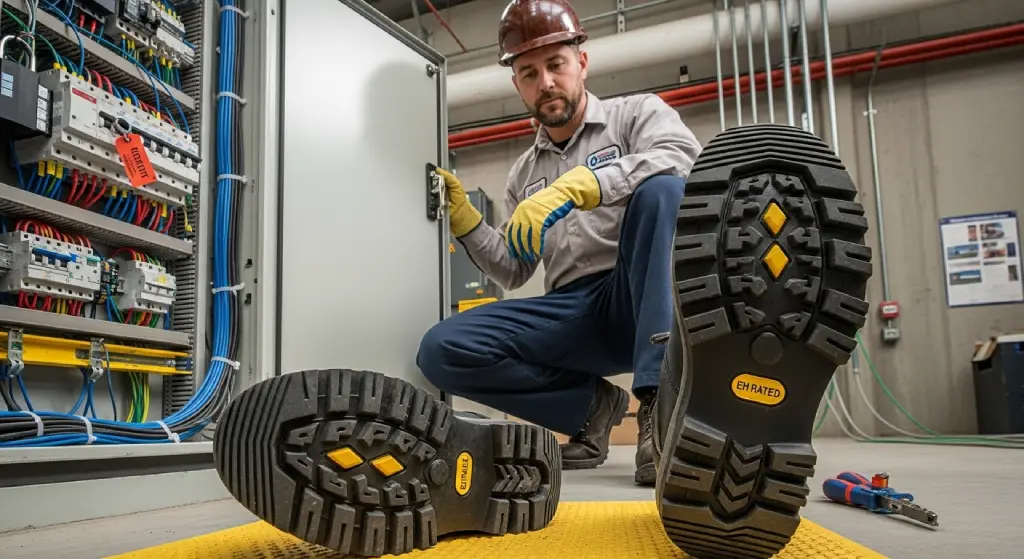
How Does EH Sole Work?
EH (Electrical Hazard) soles are made from non-conductive materials, meaning:
- Electricity cannot enter your body through your feet
• It breaks the current’s path to the ground
• Can withstand up to 18,000 volts (as per ASTM F2413 standard)
Where EH Sole is Essential:
- Electricians, Wiring Technicians
• Construction sites with active electrical current
• HVAC, generator, transformer work
• Data centers or heavy industrial maintenance
✅ How to Identify EH Boots:
- Look for “EH” or “Electrical Hazard Rated” on the label
• ASTM F2413-18 EH Certification
• Rubber sole (usually slightly thicker and non-metallic)
⚠️ Safety Note:
- EH soles lose effectiveness in wet/muddy conditions
• If you work in CD (Conductive) or SD (Static Dissipative) zones, choose SD/CD boots instead of EH
7. Heat-Resistant Outsole
Construction sites often expose workers to hot surfaces like freshly poured asphalt, metal platforms, or sun-heated concrete. A regular outsole can melt, crack, or even cause heat to transfer directly to the foot—leading to burns or discomfort. That’s why shoes with heat-resistant outsoles are essential. These outsoles are specially made to withstand high temperatures (often up to 300°C) while maintaining grip, flexibility, and durability. Whether you’re working in the sun, near welding zones, or around heated equipment—this feature protects your feet from underneath.
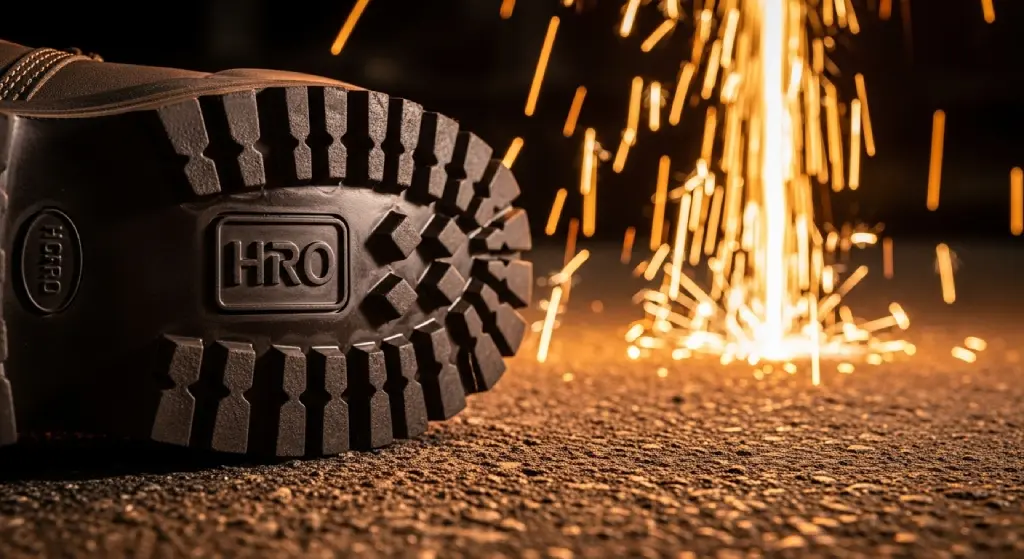
🔥 Why is it Important?
Some workers operate on hot surfaces such as:
- Asphalt paving
• Welding areas
• Foundries or heavy metal plants
• Desert or high-temperature sites
Regular soles can melt or crack, causing burning sensations in the feet.
Ideal for:
• Road construction workers
• Welders/Fabricators
• Furnace operators
• Cement & ceramic industry staff
• Asphalt workers
👢 Features of Heat-Resistant Soles:
- Made from rubber, nitrile, or polyurethane blends
- Can withstand up to 300°C (572°F)
- Often HRO Rated (Heat Resistant Outsole)
✅ How to Identify:
- Look for “HRO” markings or a Heat Resistance Seal
• Mentions of Vibram, Kevlar-blend, or Nitrile outsole
• Label with “Heat Resistance up to 300°C” or ASTM Heat Test Passed
Expert Buying Tips
Always try shoes on with the socks you’ll use daily.
Walk around for at least 5–10 minutes before buying.
Replace running or walking shoes every 400–500 miles.
Invest in comfort rather than just looks or brand names.
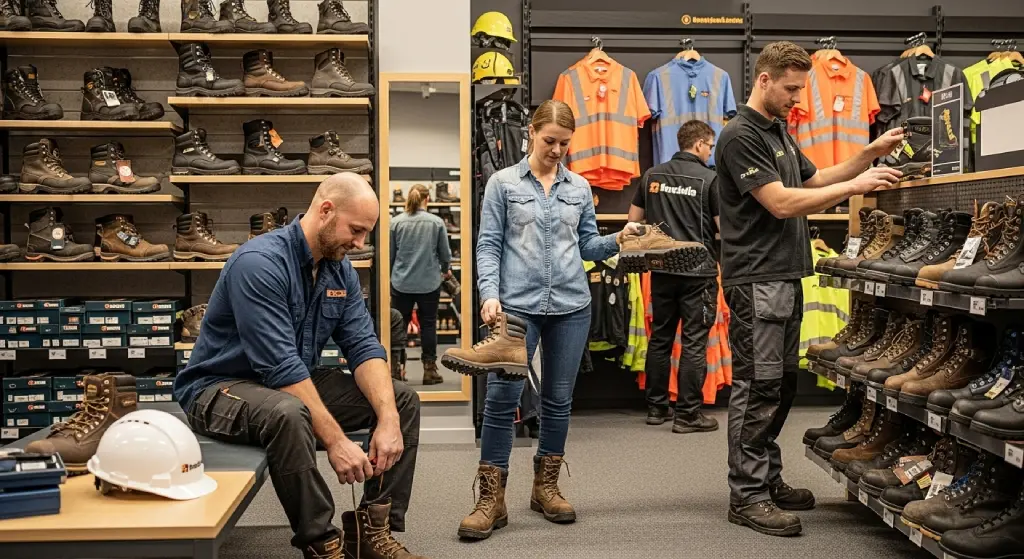
Final word from store
Choosing the right shoes for construction work isn’t just about comfort—it’s a matter of safety and long-term performance. In a high-risk environment, protecting your feet with the right footwear features is essential. Shoes with features like steel toe caps, slip-resistant soles, cushioned insoles, waterproof uppers, and puncture-resistant midsoles can significantly improve your safety and confidence on the job.
As an experienced footwear seller, I’ve seen many workers suffer from injuries or shoe damage simply because they didn’t match their footwear to their job conditions. Whether your company provides the shoes or you buy them yourself—always double-check if these critical features are included.
Our feet are the foundation of our body. If that foundation is protected, your work becomes safer, more stable, and more comfortable.
FAQ – People Also Ask
What type of shoes are best for construction work?
The best shoes for construction work are safety boots with steel toe caps, slip-resistant soles, and puncture-resistant midsoles. They offer protection against heavy objects, sharp materials, and slippery surfaces.
Are steel toe boots better than composite toe boots?
Steel toe boots provide strong protection against impact but are heavier. Composite toe boots are lighter, non-metallic, and ideal for electricians or those working around metal detectors.
Do construction shoes need to be waterproof?
Yes, especially if you work in wet or muddy environments. Waterproof or water-resistant shoes keep your feet dry and prevent infections.
How often should I replace my construction work shoes?
It depends on usage. On average, replace them every 6 to 12 months, or sooner if the sole wears out or the toe cap is damaged.
Can I wear regular sneakers or running shoes at a construction site?
No, regular shoes don't offer protection from heavy impacts or sharp objects. Always wear certified safety footwear for construction work.
What safetcertifications should I look for in construction shoes?
Look for ASTM F2413 (USA), EN ISO 20345 (Europe), or CSA (Canada). These indicate the shoes meet industrial safety standards.
What’s the difference between slip-resistant and oil-resistant soles?
Slip-resistant soles provide traction on wet or slippery surfaces. Oil-resistant soles are made to withstand degradation from oil and chemicals.
Are high-ankle boots better for construction work?
Yes, high-ankle boots offer better ankle support and stability, especially on uneven or hazardous terrain.
Do construction work shoes cause foot pain?
Poorly fitted or low-quality shoes can cause pain. Choose boots with cushioned insoles, arch support, and a proper fit to avoid discomfort.
What materials are best for long-lasting construction shoes?
Full-grain leather, rubber outsoles, and composite toe caps offer durability, protection, and long wear even in tough environments.

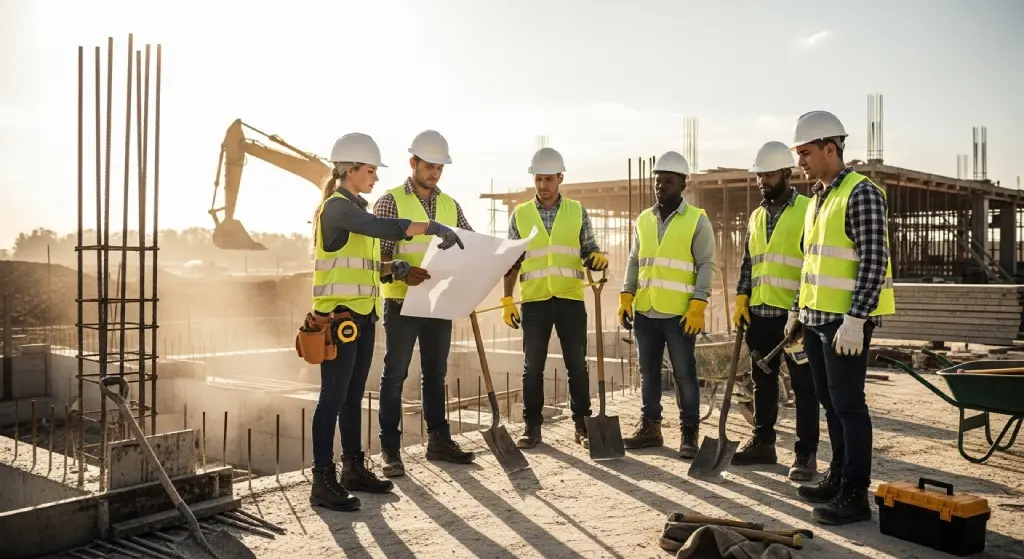
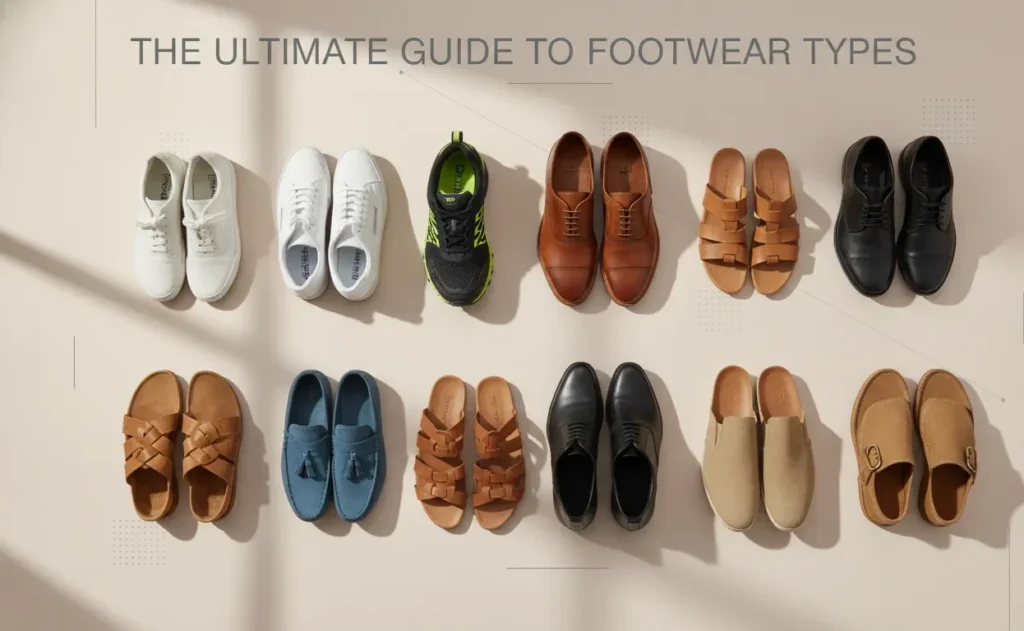
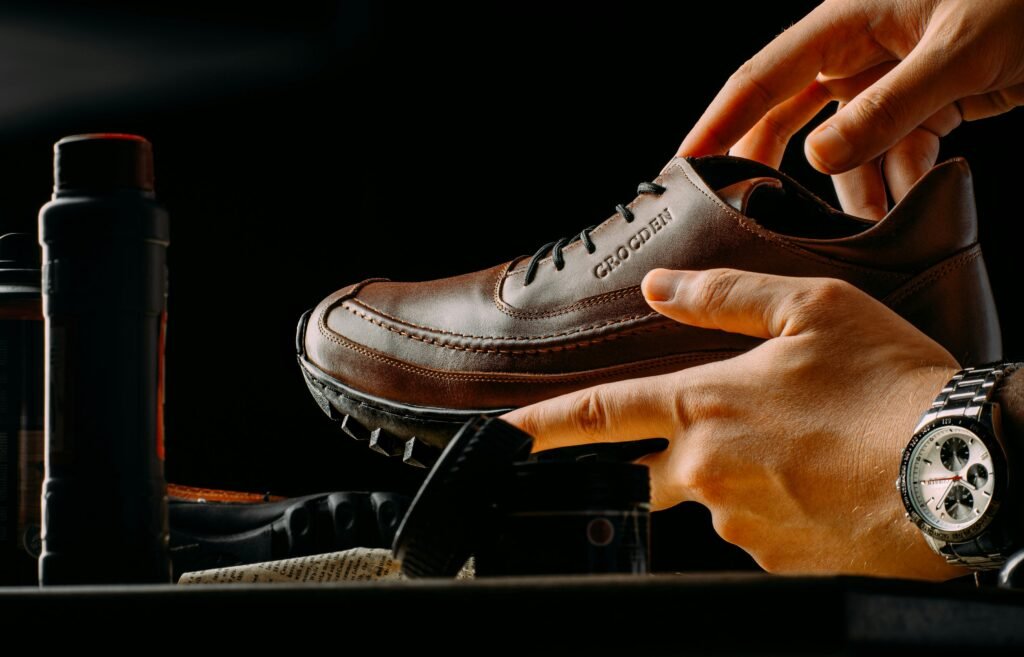

Hi there friends, fastidious article and nice urging commented at this place, I am actually
enjoying by these.
Thank you so much for your kind words! 😊 I’m really glad you enjoyed the article. Your feedback is highly appreciated and motivates me to keep sharing more useful content!